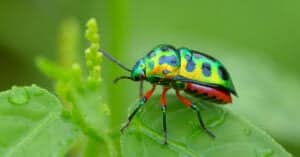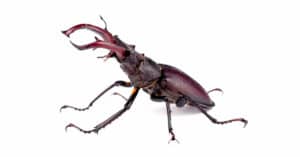Beetles are one of nature’s most successful designs. The adaptability of beetles allows them to live in all sorts of land and aquatic habitats. There are very few places where they’re not found. You can find beetles in small puddles and massive mountain streams. A single rotting log can contain hundreds of feather-winged beetles looking for a meal. What else should you know about these intriguing insects? Read on to learn 10 incredible beetle facts.

1. Certain Beetles Live With Bees

Sometimes beetles live in beehives.
©Goncharov Taras/Shutterstock.com
First, on our list of incredible beetle facts, let’s discuss silken fungus beetles. You can find beetles in almost any habitat. However, there’s nearly an infinite variety of beetles, and each species is specially designed for its unique lifestyle. For instance, silken fungus beetles, belonging to the family Cryptophagidae, like invading spaces that aren’t theirs. That’s why you can find them living in the nest of wasps and bees. Why would these beetles like beehives? It has to do with the food present. Silken fungus beetles feed on any mold they can find in the bee or wasp nest. In a way, they’re helping keep things clean.
2. Beetles Breathe From Every Part of Their Body
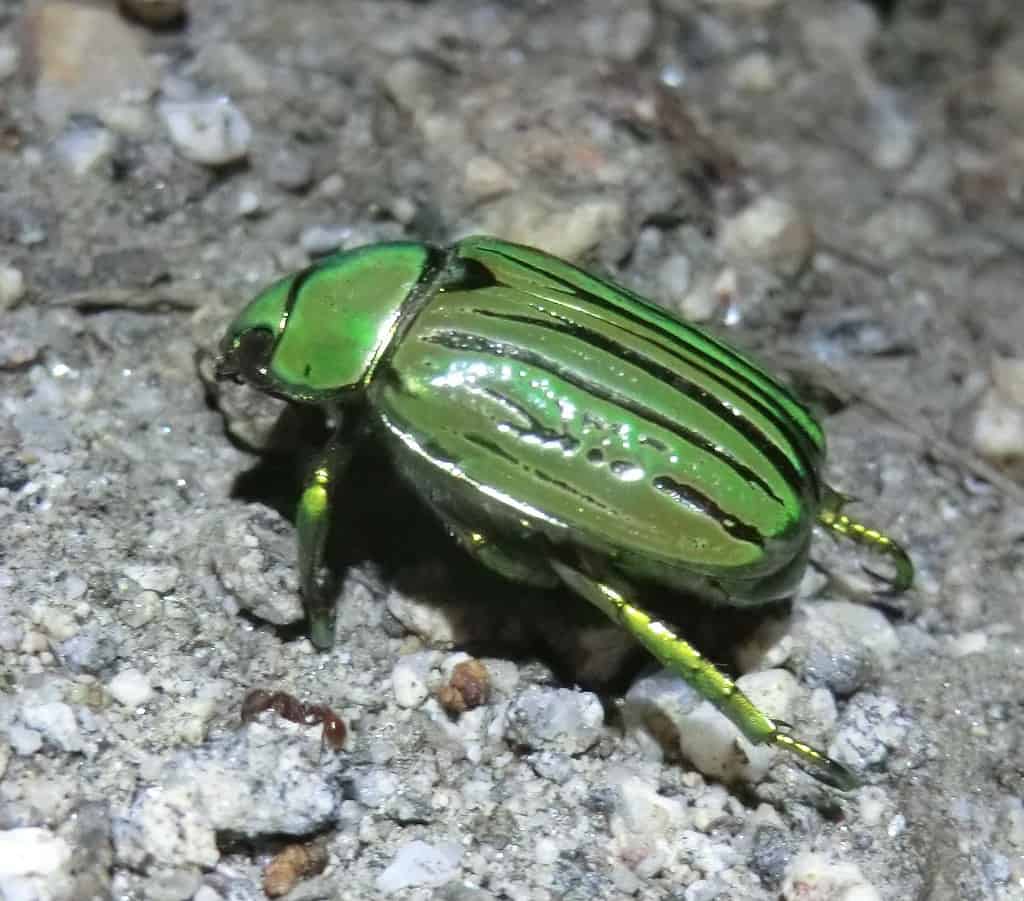
Beetles have external openings called spiracles that help them take in oxygen.
©1208 Jewel Scarab – Chrysina gloriosa Uploaded by Magnus Manske – License
Beetles have a unique breathing system that’s different than higher animals. On the sides of the abdomen and thorax are external openings called spiracles. The spiracles directly connect to the beetle’s trachea and branch out to every part of their body. When a beetle breathes, they take oxygen directly into its body tissues. It’s not carried in the bloodstream as it is with vertebrates. Since they don’t have oxygen in their bloodstream, the blood of different beetles varies significantly in color. The beetle’s unique breathing system might also be one of the reasons beetles have been able to survive all these years!
3. Beetles Have an Advanced Form of Metamorphosis
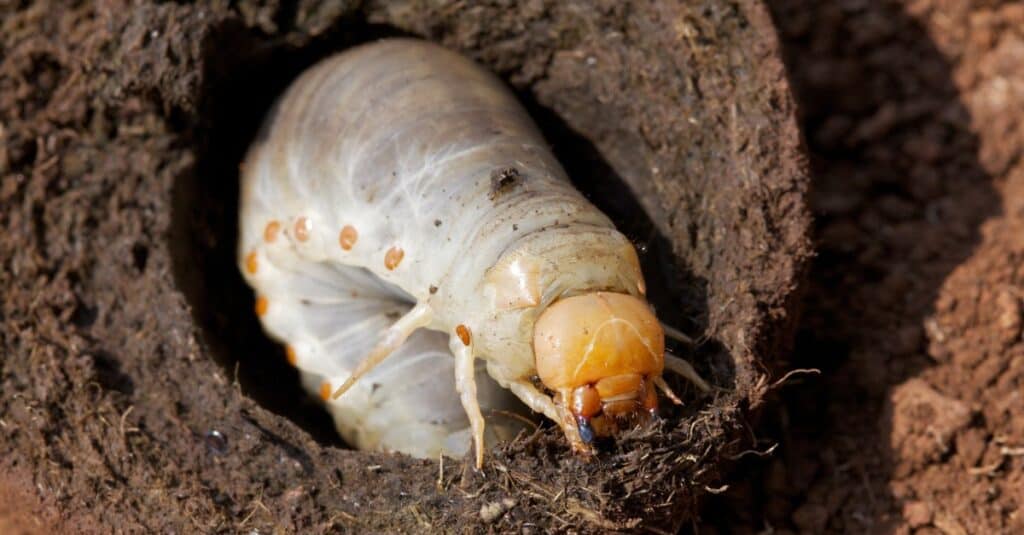
Beetle larva undergo an advanced form of insect metamorphosis.
©Jan Mastnik/Shutterstock.com
Beetles have one of the most advanced forms of insect metamorphosis. Significant changes occur during the beetle’s complete metamorphosis or holometabolous development. Beetles begin as an egg that hatches into worm-like larvae. Their bodies are long, and they don’t have any legs. Beetle larvae live on land and in all sorts of aquatic habitats. They feed on plants above and below ground until they change into the next stage of development and become pupa. The pupa is the resting stage of the beetle, and it’s the last stage before adulthood.
4. Beetles Can Look Like Tortoises
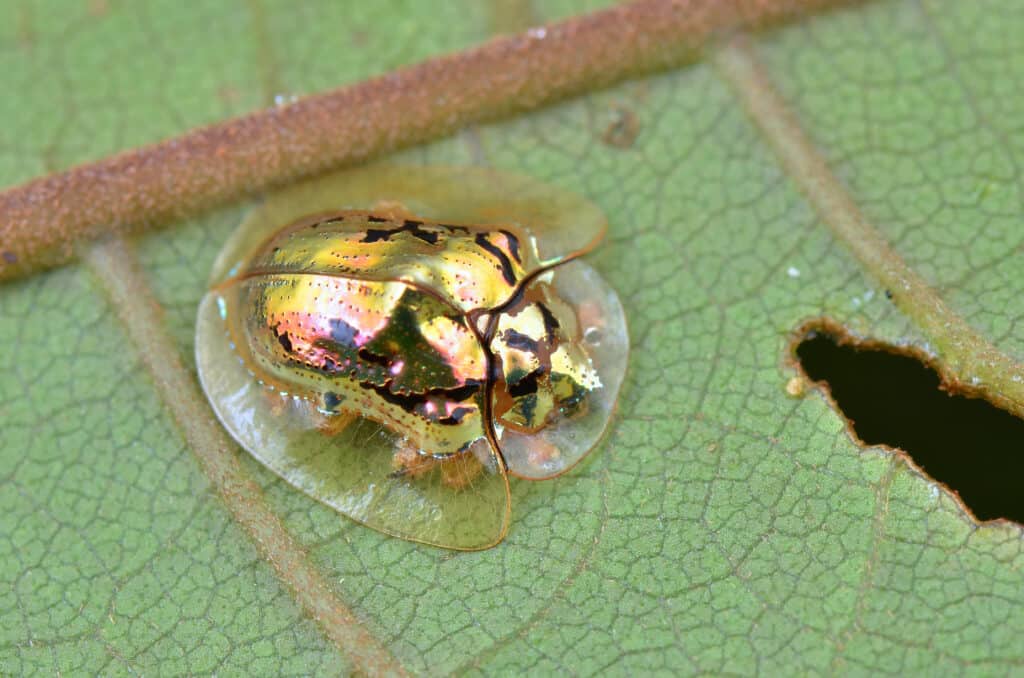
A golden tortoise beetle has features that resemble a tortoise.
©SIMON SHIM/Shutterstock.com
Moving on with more incredible beetle facts, there are 35 species of tortoise beetles in North America. These beetle species are known for having a turtle-like shape. Tortoise beetles have an oval body that’s almost circular. From above, their head is completely concealed. Just like a turtle’s head when they pop into its shell.
The Argus tortoise beetle has a broad body and head that slants backward. The golden tortoise beetle has a glorious shine. When it’s alive, the golden tortoise beetle has transient golden reflections. After dying, the beetles fade and takes on a dull orange-yellow color.
5. Beetle Fossils Date Back 200 Million Years
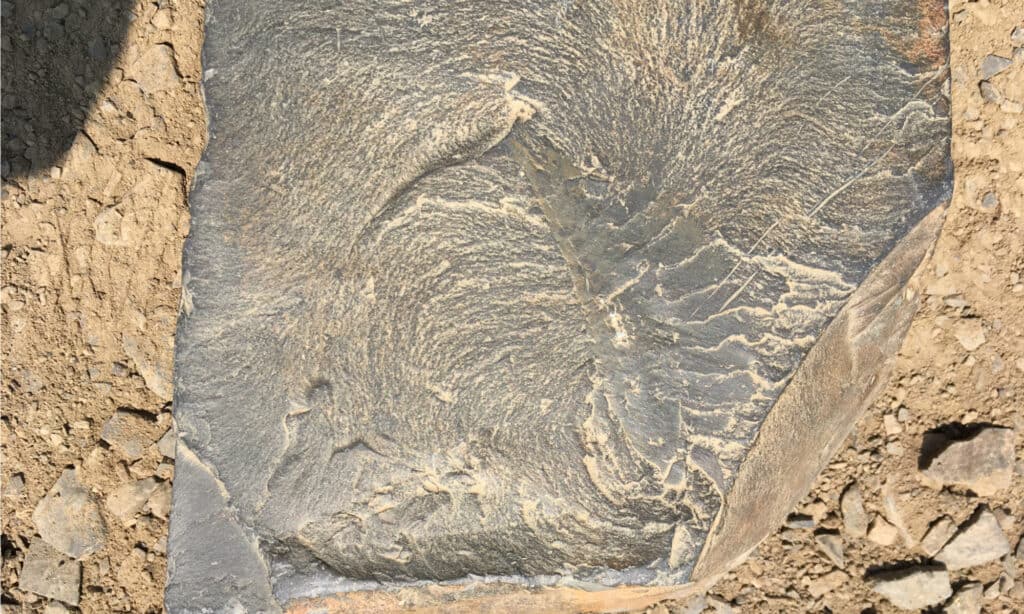
Beetle fossils date back 200 million years.
©Gavin Howard/Shutterstock.com
Permian beetle fossils date back about 200 million years. Unfortunately, the fossils are incredibly hard to find. Often, the Permian beetle fossilization is so small it’s mistaken as seed fossils. When found, the fossil remains show that ancient Permian beetle populations were scattered worldwide. Permians or reticulated beetles were an abundant beetle family that fed on wood. However, severe deforestation significantly decreased their numbers. But if you get lucky, you might find a reticulated beetle flying in the sunlight or resting on vegetation.
6. Water Loving Beetles Can’t Swim
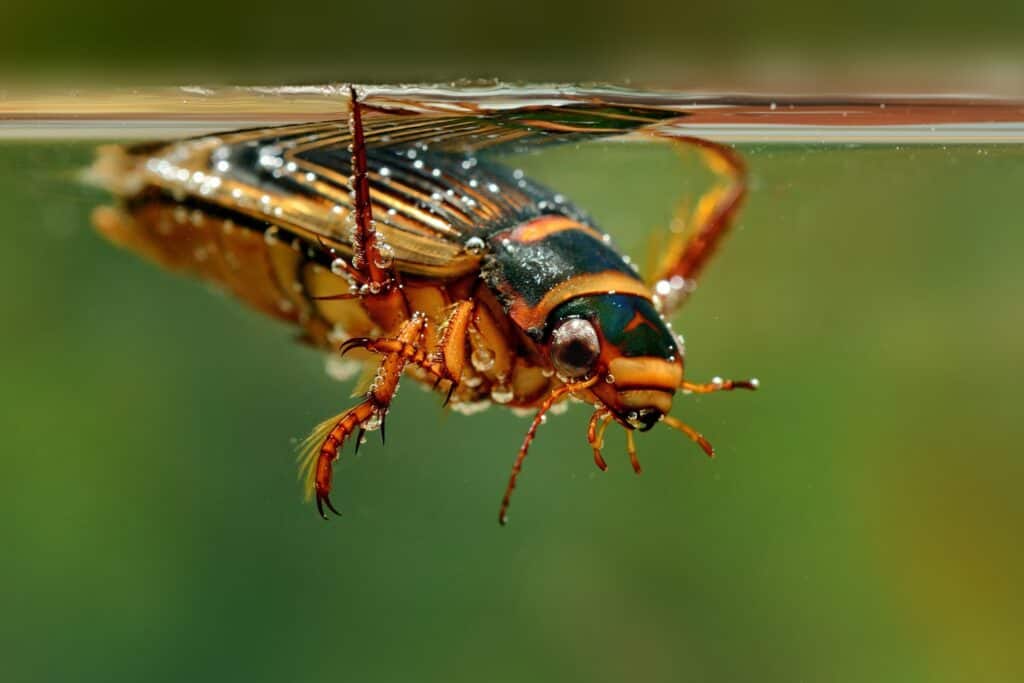
Predaceous diving beetles derive their name from adults and larvae’ ability to feed on anything they can find within their habitat.
©Martin Pelanek/Shutterstock.com
Some beetles love to be in the water but can’t swim! Adults who are semi-aquatic to fully aquatic get around by clinging to vegetation. They can also use debris or living creatures found beneath the water. Anything an aquatic beetle can jump to; it will! The adults will even eat the vegetation that they use as transportation.
7. Some Beetles Act and Look Like Tigers

Tiger beetles hunt their prey, then pounce similarly to how a tiger does in the wild.
©wagtail/Shutterstock.com
You probably don’t think of tigers when considering beetles, but they have similarities. There’s even a species of beetles called tiger beetles. Tiger beetles belong to the family Cicindelidae. When a tiger beetle hunts its prey, they pounce on it the same way a tiger would. They can also fly and run rapidly. Of course, tiger beetles also have stunning colors and attractive patterns (like their feline role models).
Tiger beetles are highly sought after by collectors. They’re elusive, but they can be found in the right situations. Tiger beetles are the most active on hot sunny days and in open areas. You can find them crawling around on the shores of lakes and streams.
8. Baby Beetles Eat Spiders
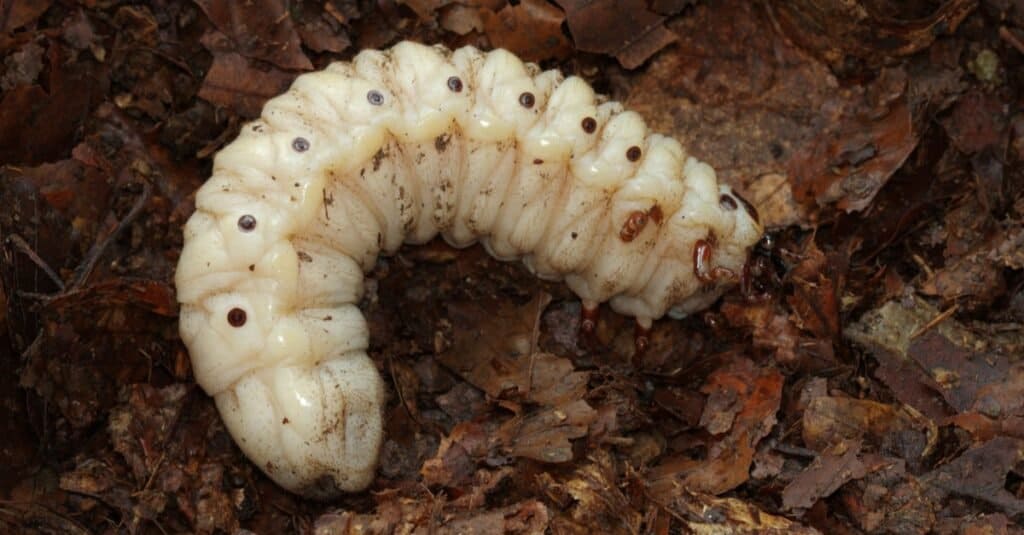
Some beetle larvae actually feed on spiders by attracting the arachnids with a liquid secretion that is poisonous.
©Petr Muckstein/Shutterstock.com
When a beetle is in the larva stage, it might feed on spiders. Take, for instance, the Texas beetle. This single beetle species can be found in California, Arizona, Utah, and of course, Texas. These beetles are so strong that even when they’re in the larva stage, they can eat spiders! The larva secretes a liquid that attracts the spiders to them. The liquid is poisonous to the spiders and disables them. This gives the beetle larvae a chance to strike! They get on top of the spiders, pin them down, and eat them alive.
9. Aquatic Beetles Breathe With Hair
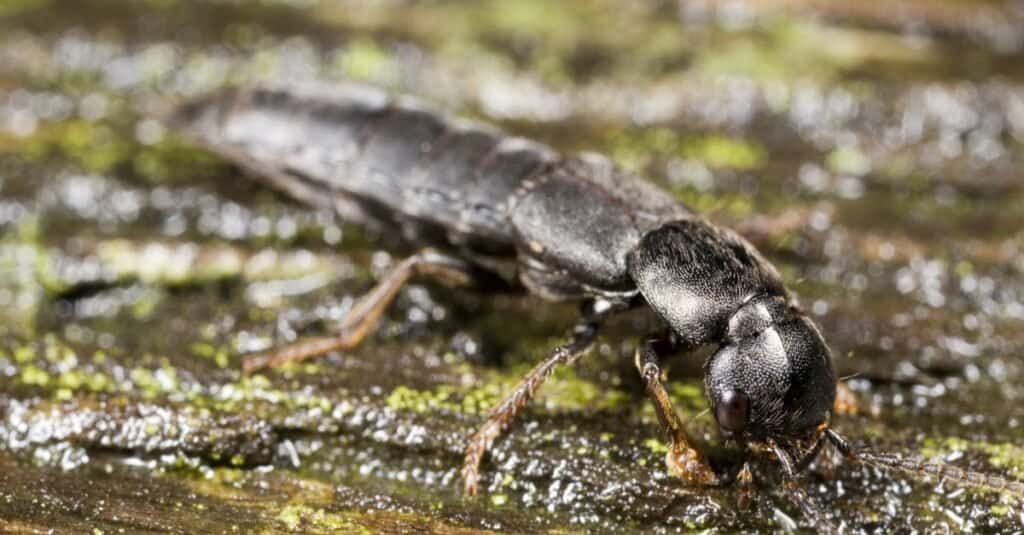
Beetles have tiny hairs on their legs that help with breathing underwater.
©Joseph Calev/Shutterstock.com
Next, on our list of incredible beetle facts, let’s talk about how they do in the water. If you’ve ever studied a beetle close-up, you’ll notice that they have tiny little hairs on their legs. Aquatic beetles use their hairs to trap air. Rifle beetles are one of the species that use leg hair for breathing. So do long-toed water beetles. How does it work? The trapped air makes it possible for them to breathe underwater. The oxygen that diffuses from the hairy legs is enough for their slow-paced life.
10. Certain Beetles Are Carnivorous
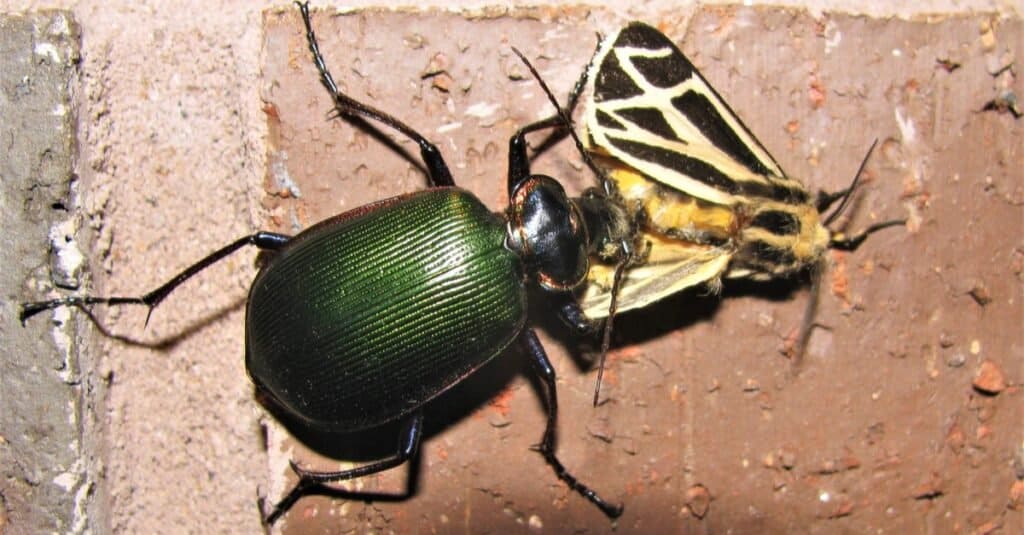
Ground beetles are carnivores, preying on insects like moths.
©Kevin Jarrell/Shutterstock.com
What’s last for our incredible beetle facts? Their diet!
Beetles are primarily herbivores, eating a diet that consists of plants. However, some beetle species are carnivorous, eating a diet that includes other insects. Usually, the carnivorous stage happens when the beetle is still a larva.
Take, for instance, Throcid beetles belonging to the family Phocidae. Throcid beetles love living on plants and are usually found on flowers. The adults happily lead a vegetarian lifestyle, feeding on roots, leaves, and other plant parts. However, when they’re larva, Throscidae beetles are carnivores.
Up Next
The photo featured at the top of this post is © Mike Laptev/Shutterstock.com
Thank you for reading! Have some feedback for us? Contact the AZ Animals editorial team.



